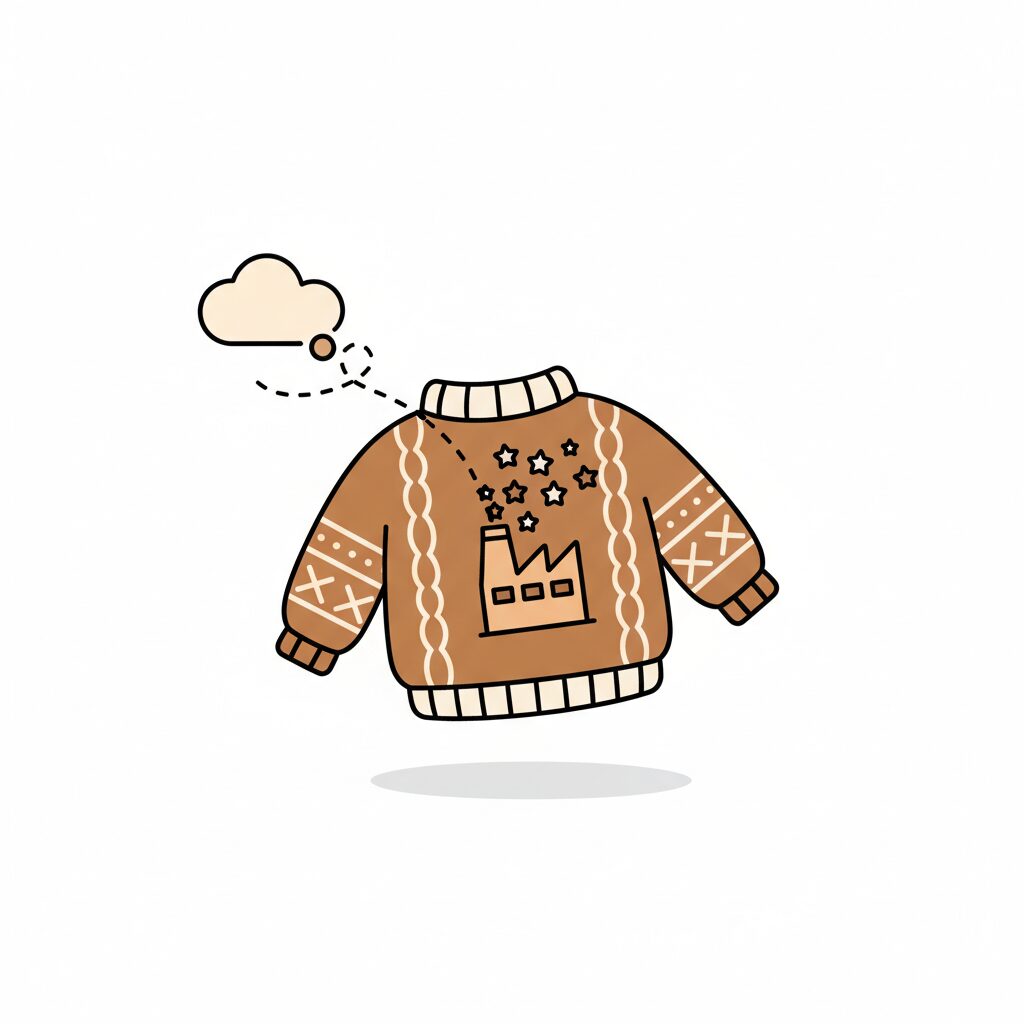
On days like this, when clouds hug the sky but the air feels wrapped in a cozy sweater, I catch myself watching how kids transform ordinary moments into sparks of magic. That scribbled drawing? A token of imagination. That endless ‘why’ question? Raw intelligence in motion. Turns out, even tech’s biggest thinkers are redefining what ‘building value’ really means—and it’s got me grinning like I’ve just cracked a puzzle with my little one.
This got me thinking:
How Can Your Child’s Imagination Become the Ultimate ‘AI Factory’?
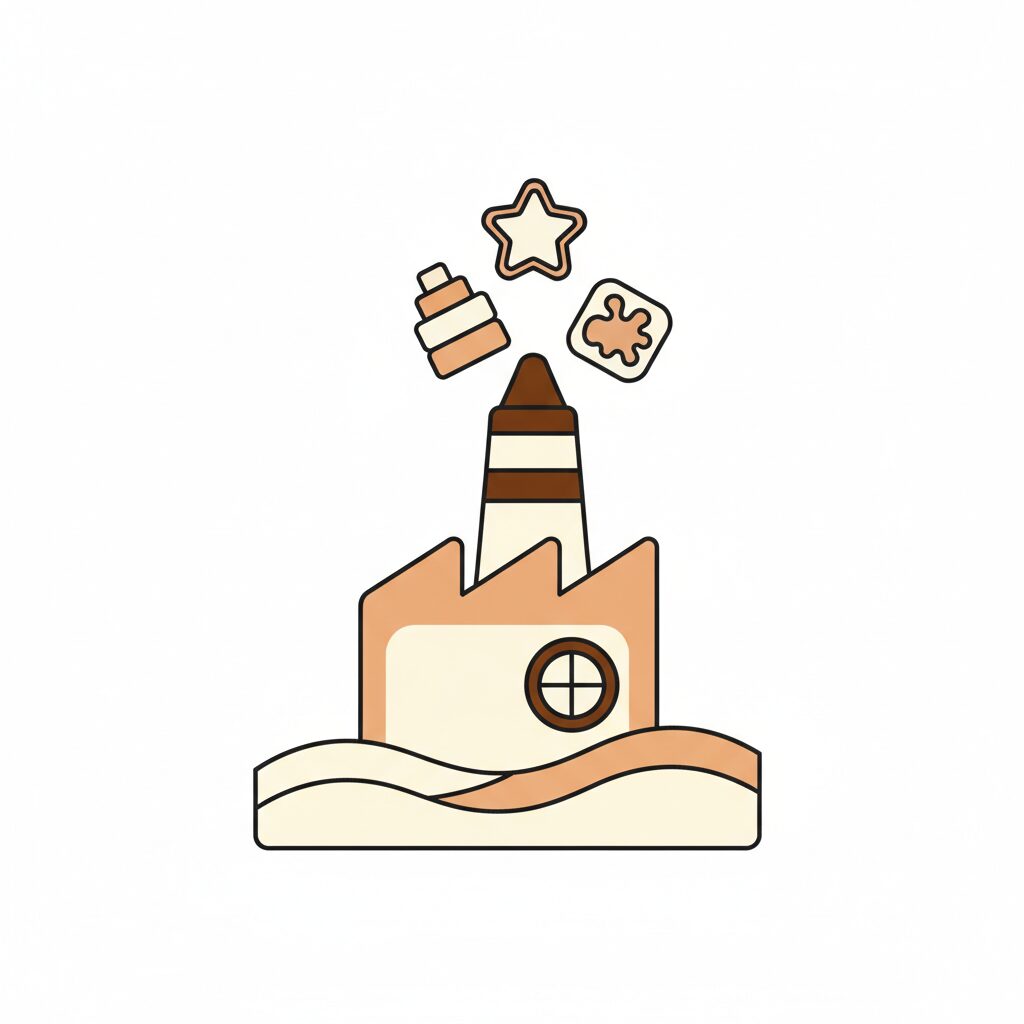
Funny how the tech world’s newest buzz—Nvidia’s Jensen Huang calling data centers ‘factories manufacturing intelligence’—mirrors what happens right in our living rooms. Every block tower that topples, every story dreamt up during snack time, every ‘look what I made!’ they beam at you? Those are their tokens: tiny, precious outputs of a mind at work. But here’s the twist tech giants are waking up to: it’s not about churning out tokens fast, but making each one count.
Like Huang’s insight that AI factories thrive on efficiency (‘tokens per joule’) and keeping systems busy (‘utilization’), our kids bloom when play feels purposeful, not rushed.
Remember that rainy afternoon when finger-painting became a deep dive into color-mixing science? No screens, just curiosity humming at full capacity. That’s the real gold.
So why not try this: swap passive scrolling for a ‘token hunt’ on your next walk. Collect leaves, count cracks in sidewalks, or sketch clouds. The quieter the day, the louder their little factory roars—with questions that stick longer than any app notification.
What’s the ‘Buy More, Make More’ Trap in Parenting—And How to Dodge It?
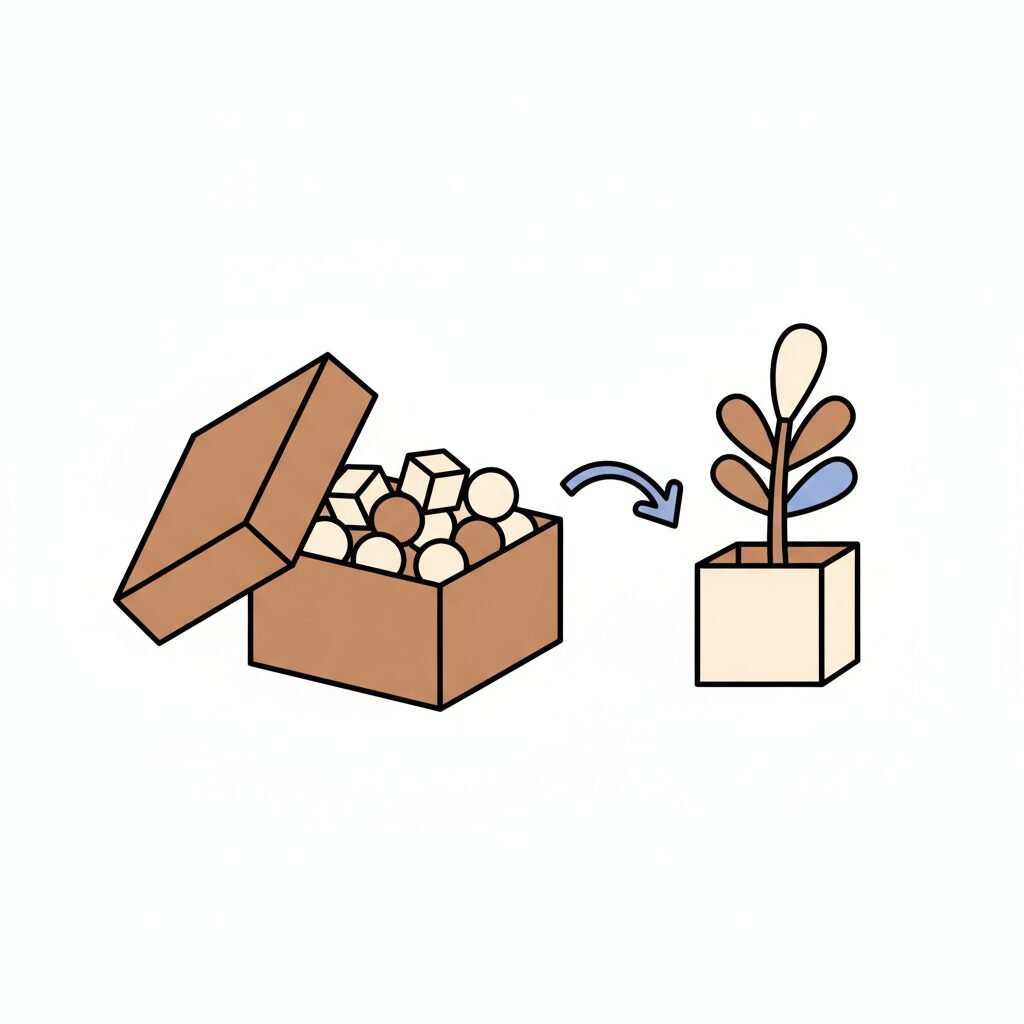
Let’s cut to the chase: Huang’s reframed ‘Jensen’s Law’—where upgrading hardware fuels revenue through more tokens—sounds slick for silicon valleys. But at home? It’s a siren song telling us ‘more gadgets = richer learning.’ But here’s the twist: it’s not. Research shows how cheaper, smarter tech actually increases demand (thanks to that funny cycle where cheaper tech makes us use it more!). Yet for kids, flooding their world with tablets or ‘educational’ gizmos? It often dilutes the very curiosity we’re nurturing. Like overstocking a toy shelf until play feels overwhelming, not joyful.
I’ll never forget watching my seven-year-old abandon a pricey robot kit to build forts from cardboard boxes. Her ‘factory’ needed space to breathe, not more inputs.
True efficiency comes from less—not more.
Clear clutter. Prioritize open-ended play (a stick becomes a sword, a wand, a rocket!). When we free them from constant stimulation, their utilization skyrockets: deeper focus, wilder ideas. Next time you’re tempted by shiny new tech? Ask: ‘Will this spark wonder, or just noise?’ Often, the humblest tools forge the strongest thinkers.
How to Raise Resilient ‘Token Engineers’ for Tomorrow’s World?
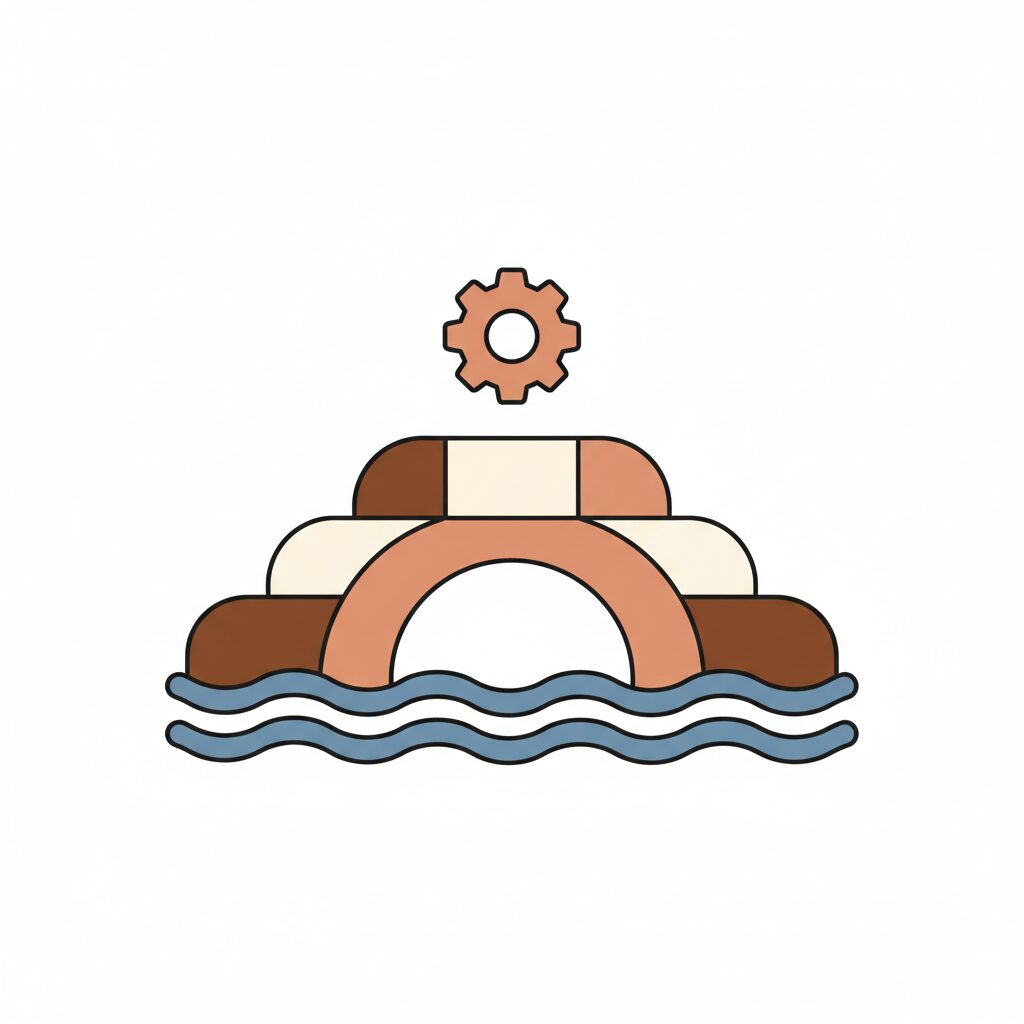
Huang’s vision frames AI factories as the engines of a new revolution—where reasoning, not just data, drives progress. That got me thinking: what if we’re building people factories? Not churning out identical outputs, but nurturing humans who reason through uncertainty. Kids today aren’t just absorbing facts; they’re learning to generate solutions. And that’s why ‘utilization’ matters so much: when they’re fully engaged in creating (not just consuming), they build the grit to tackle real-world puzzles.
We’ve all faced those wobbly bridge moments, right? Take that time they’re frustrated building with Legos. Instead of stepping in, ask: ‘What if we tried bracing the sides?’ That’s you boosting their ‘token capacity’—turning struggle into reasoning fuel. Or turn grocery sorting into a math adventure (‘Help me group apples by color—what pattern do you see?’). These aren’t chores; they’re tiny factories firing up problem-solving muscles.
The research whispers what our hearts know: when kids feel their ‘tokens’ matter, resilience takes root.
And hey, why not celebrate their ‘big ideas’ with a dance break? Nothing says ‘your intelligence lights up the room’ like spinning to your favorite beats—whether it’s K-pop rhythms or salsa grooves in the kitchen. What tiny puzzle will your engineer tackle next?
How Do You Keep the Home ‘Cooling System’ Strong for Kids?
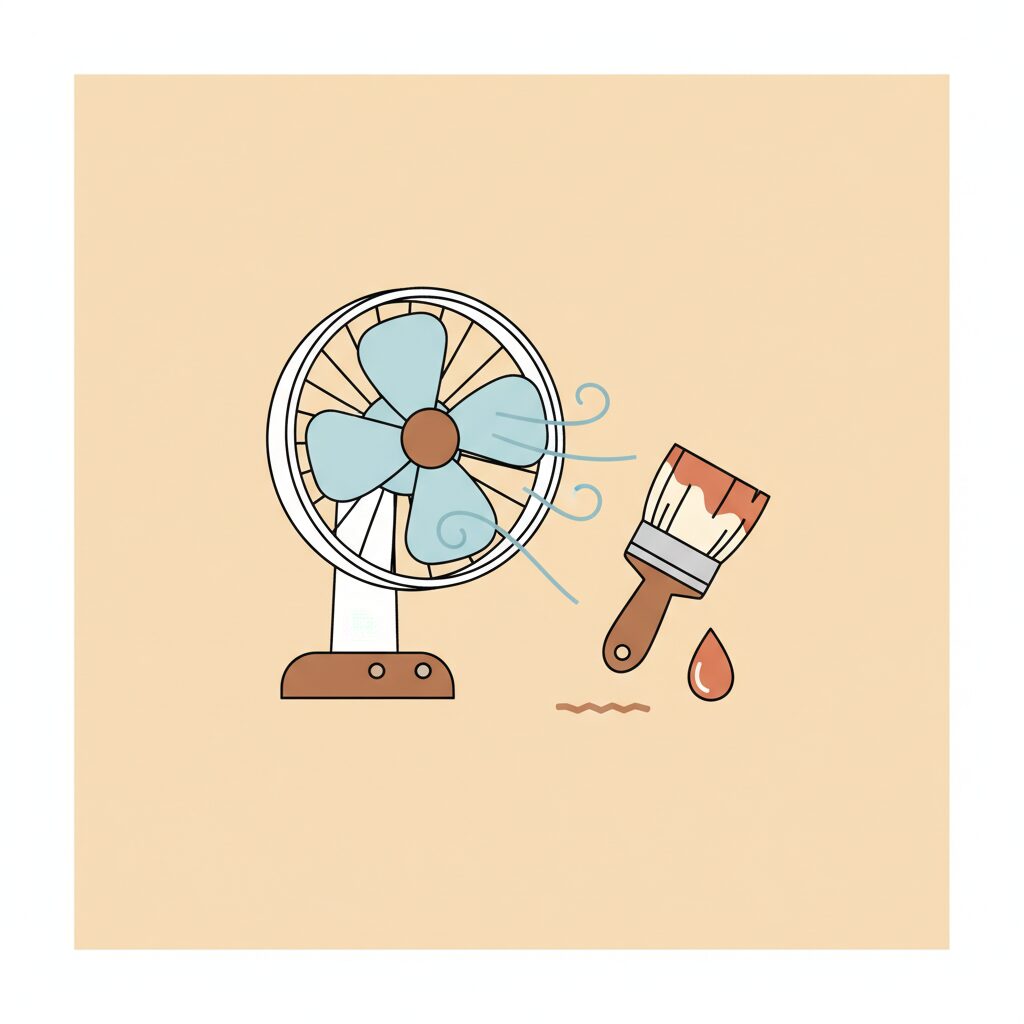
Tech giants obsess over cooling systems to keep AI factories humming without overheating. Us dads? We’re running the same game. When kids’ curiosity burns bright (hello, 100 questions before breakfast!), our job is to channel that energy—not stifle it. Huang’s crew optimizes for ‘uptime’; we optimize for joyful stamina. Meaning: balance. Let them dive deep into ant colonies on the sidewalk, then gently pivot to ‘Let’s cool down with watercolor skies.’
Here’s what sticks: pairing tech with tactile magic. Watch a nature documentary together, then head outside to mimic animal movements (roar like a tiger! hop like a frog!). Or use a voice recorder to ‘build an audio story’ of your neighborhood sounds. You’re not fighting the digital tide—you’re weaving it into a richer tapestry. And when tension rises? We literally just stop and breathe together—no fancy meditation required!
‘Inhale the calm, exhale the chaos’ turns overwhelm into a shared giggle.
That’s your cooling system humming. What tokens is your factory humming with today?
Source: Reframing Jensen’s Law: ‘Buy more, make more’ and AI factory economics, Silicon Angle, 2025/08/30
